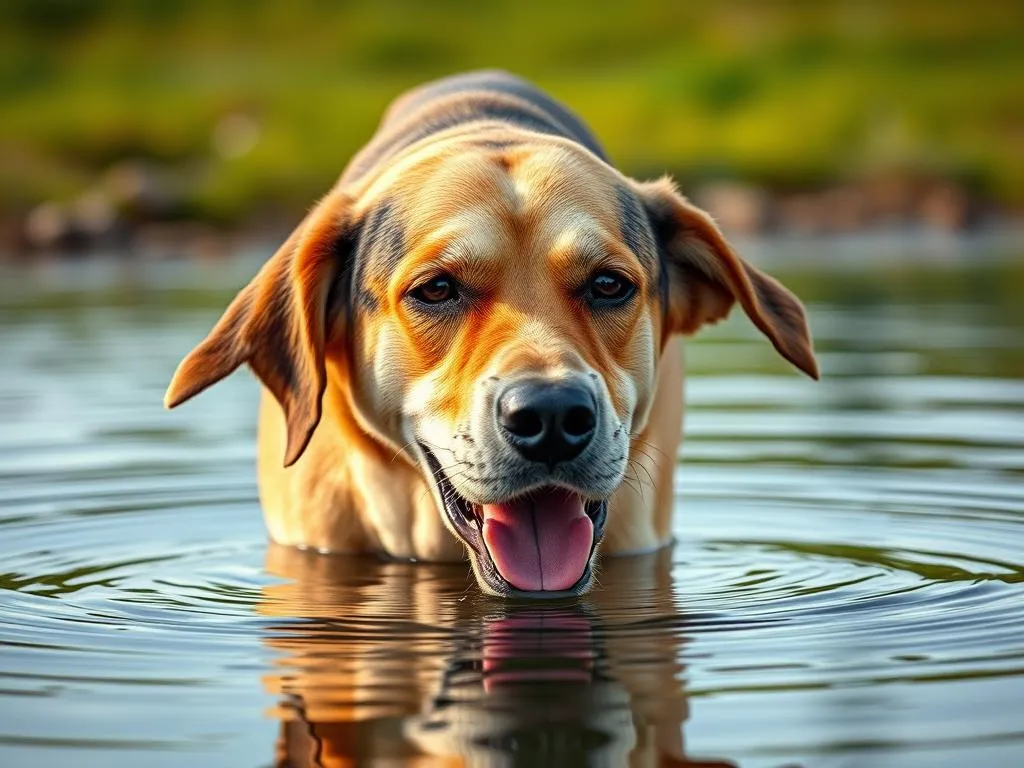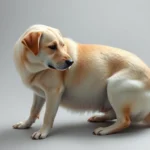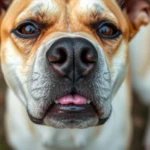
Introduction
Hydration is a cornerstone of canine health, playing a crucial role in various bodily functions. Just like humans, dogs require an adequate amount of water to thrive. However, many pet owners may not fully understand the mechanisms behind how dogs drink water or the significance of hydration for their furry friends. This article aims to educate dog owners about the importance of water consumption, the methods dogs use to drink, and best practices for ensuring their pets remain hydrated.
The Importance of Hydration for Dogs
Understanding Canine Physiology
Water is essential for a dog’s overall well-being. It supports digestion, aids circulation, regulates body temperature, and facilitates nutrient absorption. Unlike humans, who can often communicate their needs, dogs rely on their owners to recognize when they need water. A dog’s body is composed of approximately 60-70% water, and even a small decrease in this percentage can lead to serious health issues.
Dogs have different hydration needs compared to humans. Factors such as size, age, activity level, and even the climate can influence how much water they require. For example, a playful puppy will need more water than a sedentary older dog.
Signs of Dehydration in Dogs
Recognizing the signs of dehydration is crucial for any dog owner. Common symptoms include:
- Dry gums and nose
- Lethargy or decreased energy
- Loss of skin elasticity (skin does not bounce back when pinched)
- Sunken eyes
To assess your dog’s hydration status, you can perform a simple skin test. Gently pinch the skin at the back of your dog’s neck; if it takes longer than a second to return to normal, your dog may be dehydrated.
Recommended Water Intake
General guidelines suggest that dogs should drink about one ounce of water per pound of body weight each day. However, this can vary based on several factors, including:
- Size: Smaller breeds may need less, while larger breeds may require more.
- Age: Puppies typically need more water than adult dogs.
- Activity Level: Active dogs need increased hydration.
- Climate: Hot weather can lead to increased water loss through panting.
Special considerations should be made for puppies, senior dogs, and pregnant or nursing dogs, as their water needs may differ significantly.
How Dogs Drink Water: Mechanisms and Techniques
The Anatomy of a Dog’s Mouth
Understanding the anatomy of a dog’s mouth can provide insight into how dogs drink water. Dogs have a unique structure that allows them to lap water effectively. Their tongues are long and flexible, which enables them to scoop water into their mouths.
In comparison to humans, dogs do not sip water. Instead, they use their tongues in a unique way. When they lap, their tongues curl backward, creating a scoop that draws water upward.
Drinking Techniques
Dogs primarily use their tongues to lap water. They can drink quickly and efficiently, often taking in several laps per second. Interestingly, different breeds may exhibit variations in their drinking habits. For instance, larger breeds might have a more forceful lap, while smaller breeds may take more delicate sips.
Factors Affecting Drinking Behavior
Several factors can influence a dog’s drinking behavior. Environmental conditions, such as temperature and humidity, can affect how much water a dog consumes. For example, a dog playing outdoors on a hot day will likely drink more water than one lounging indoors.
Additionally, the type of food a dog eats can impact its hydration levels. Dogs that consume dry kibble may need to drink more water compared to those eating wet food, which contains a higher moisture content.
Best Practices for Providing Water to Your Dog
Choosing the Right Water Bowl
Selecting the right water bowl is essential for encouraging your dog to drink. Consider the following material options:
- Stainless Steel: Durable and easy to clean, this is often the best choice.
- Ceramic: Attractive and heavy, but can chip if dropped.
- Plastic: Lightweight but may harbor bacteria if scratched.
The size and depth of the bowl should also be appropriate for your dog’s breed. Larger dogs may require deeper bowls to accommodate their larger snouts.
Maintaining Clean Water Supply
A clean water supply is vital for your dog’s health. Regularly clean and refill the water bowl to prevent algae and bacteria growth. Here are some tips:
- Wash bowls daily: Use hot, soapy water to ensure cleanliness.
- Keep it fresh: Change the water at least once a day.
- Monitor for algae: If you notice algae growth, clean the bowl immediately.
Encouraging Your Dog to Drink More Water
If your dog isn’t drinking enough water, there are several strategies to encourage hydration:
- Flavored Water: Add a splash of low-sodium broth to entice your dog.
- Ice Cubes: Many dogs enjoy chewing on ice cubes, which can help them stay hydrated.
- Fresh Water Availability: Always have fresh water accessible to your dog, especially during exercise or hot weather.
Common Issues Related to Dog Hydration
Overhydration and Water Intoxication
While hydration is crucial, overhydration can also pose risks. Water intoxication occurs when a dog drinks excessive amounts of water in a short period. Symptoms include:
- Bloating: Swelling of the abdomen
- Vomiting
- Confusion: Disorientation or lethargy
Situations such as excessive play in water can lead to this condition. Always monitor your dog’s water intake, especially during outdoor activities.
Health Conditions Affecting Water Consumption
Certain health conditions can significantly impact a dog’s drinking habits. For instance:
- Diabetes: Increased thirst is a common symptom.
- Kidney Disease: Dogs may drink more to compensate for fluid loss.
- Cushing’s Disease: This condition can also lead to excessive drinking.
It’s essential to monitor any changes in your dog’s drinking patterns and consult a veterinarian if you notice anything unusual.
The Role of Diet in Dog Hydration
Moisture Content in Dog Food
The moisture content in dog food plays a significant role in hydration. Dry kibble typically contains around 10% moisture, while wet food can have up to 80%. For dogs on a dry food diet, it’s crucial to ensure they drink enough water to compensate for the lack of moisture.
Balancing food intake with water consumption is important for your dog’s overall health. If your dog primarily eats dry kibble, consider providing additional water or incorporating wet food into their diet.
Treats and Hydration
Some treats can also aid in hydration. Fruits and vegetables with high water content, such as watermelon and cucumbers, can be healthy snacks that contribute to your dog’s overall fluid intake. However, moderation is key, and any new treat should be introduced slowly to avoid digestive upset.
Seasonal Considerations for Canine Hydration
Hydration Needs in Hot Weather
During the summer months, dogs may require increased water intake. Here are some tips to keep your dog hydrated:
- Provide extra water bowls: Place them in different areas of your home and yard.
- Limit outdoor activities during peak heat: Plan walks and playtime for early morning or late evening.
- Use cooling mats: These can help regulate body temperature, encouraging drinking.
Winter Hydration Challenges
In colder weather, dogs may drink less water. This can be due to a decreased appetite or the cold temperature of the water. Here are some strategies to ensure your dog stays hydrated during winter:
- Use lukewarm water: This can make drinking more appealing.
- Check for ice: Ensure the water bowl is not frozen and replace it regularly.
- Monitor activity levels: Dogs may still need hydration even when they are less active.
Conclusion
Understanding how dogs drink water and the importance of hydration is essential for every dog owner. By proactively monitoring your dog’s water intake and recognizing the signs of dehydration, you can help ensure your pet remains healthy and happy. Implementing best practices for providing water, being aware of seasonal considerations, and understanding the role of diet in hydration will contribute greatly to your dog’s overall well-being.
By staying informed and attentive, you can help your furry friend stay hydrated and healthy for years to come.









